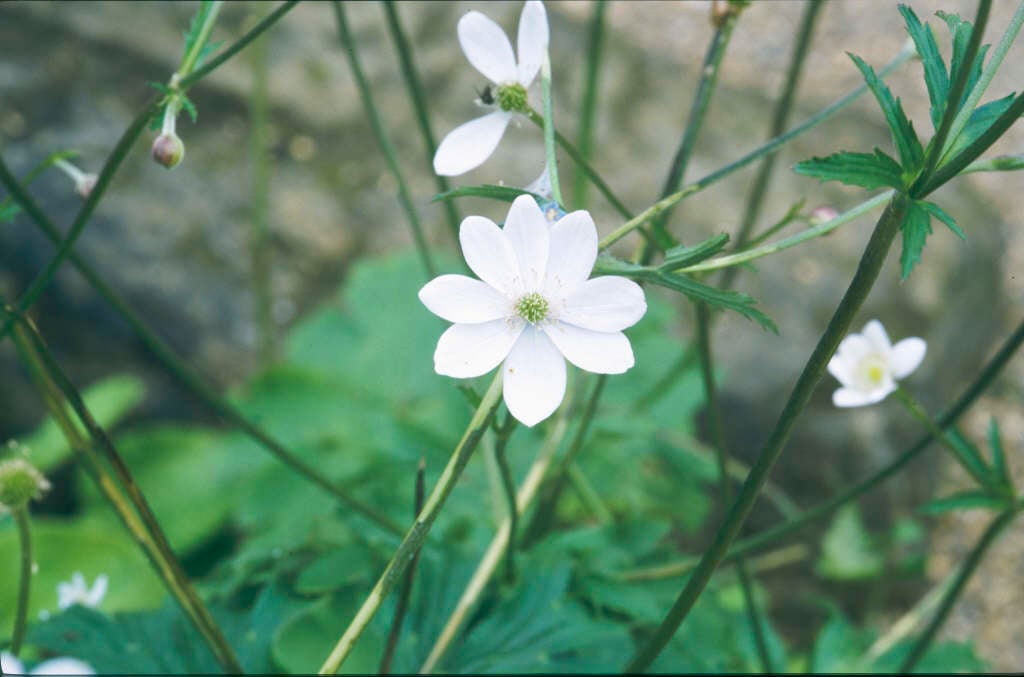Not the plant you're looking for? Search over 300,000 plants
BogsHerbaceous Perennial
Size
Ultimate height
0.5–1 metresTime to ultimate height
2–5 yearsUltimate spread
0.1–0.5 metresGrowing conditions
Clay
Loam
Moisture
Moist but well–drainedpH
Acid, Alkaline, NeutralColour & scent
| Stem | Flower | Foliage | Fruit | |
| Spring | White | Green | ||
|---|---|---|---|---|
| Summer | White | Green | ||
| Autumn | ||||
| Winter |
Position
- Full sun
- Partial shade
Aspect
South–facing or West–facing or East–facing
Exposure
Exposed or Sheltered Hardiness
H5Botanical details
- Family
- Ranunculaceae
- Native to GB / Ireland
- No
- Foliage
- Deciduous
- Habit
- Clump forming
- Potentially harmful
- Ingestion may cause mild stomach upset, contact may irritate skin. Wear gloves and other protective equipment when handling
- Genus
Anemone are herbaceous perennials with fibrous, rhizomatous or tuberous rootstocks, palmately lobed leaves and saucer-shaped, usually 5-petalled flowers
- Name status
Correct
- Plant range
- Asia
How to grow
Cultivation
Grow in moist but well-drained soil in full sun or partial shade.
Propagation
Propagate by division in early spring
Suggested planting locations and garden types
- Cottage and informal garden
- Wildflower meadow
- Flower borders and beds
Pruning
Cut back after flowering
Pests
May be damaged by eelworms, slugs and caterpillars
Diseases
Powdery mildews may be a problem
Get involved
The Royal Horticultural Society is the UK’s leading gardening charity. We aim to enrich everyone’s life through plants, and make the UK a greener and more beautiful place.
